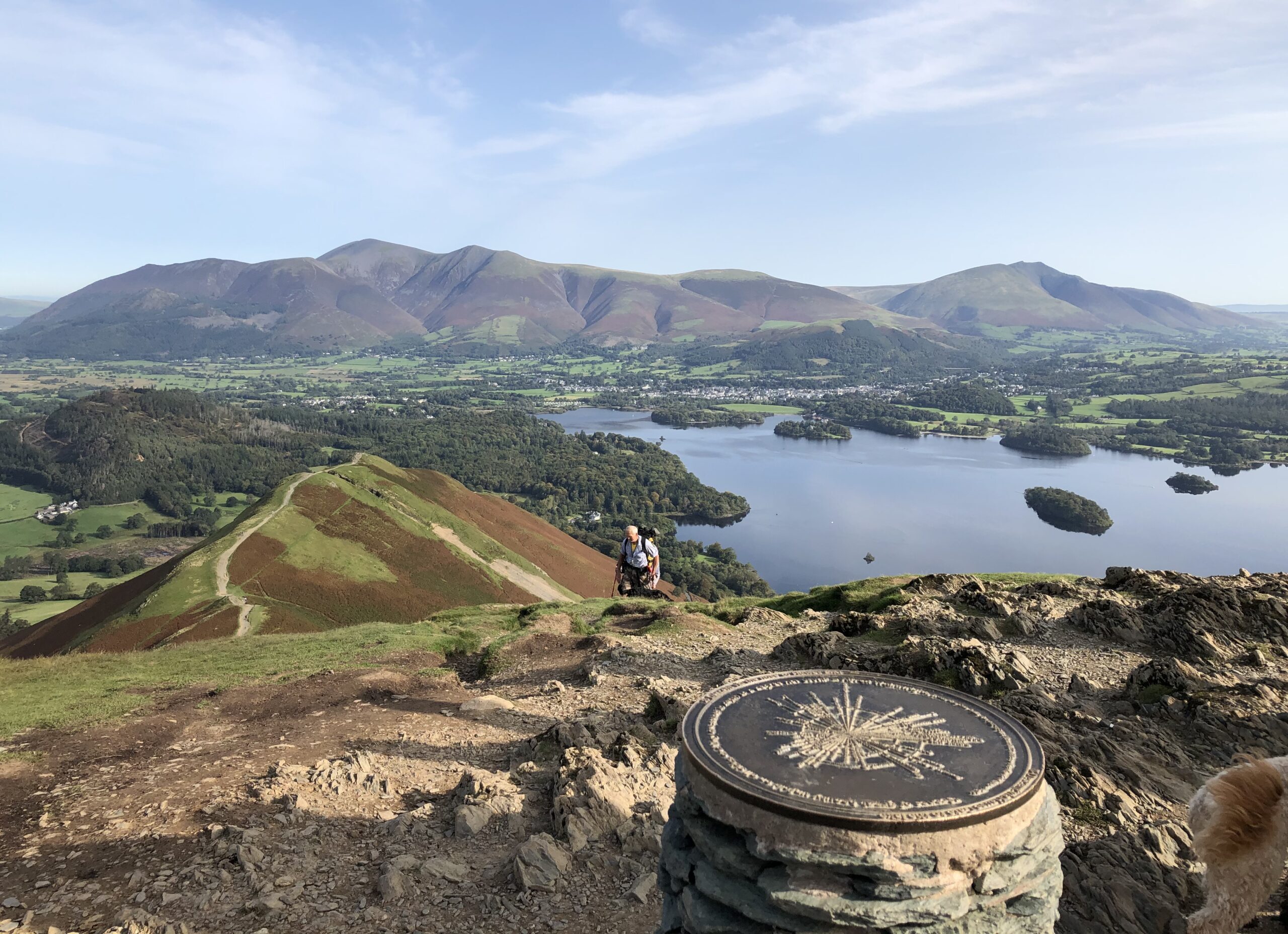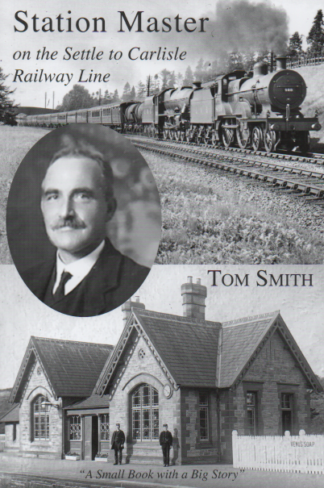Cumbrian (and some Scottish) railways
-

Classic Diesel Years Cumbrian Coast
£11.95 -
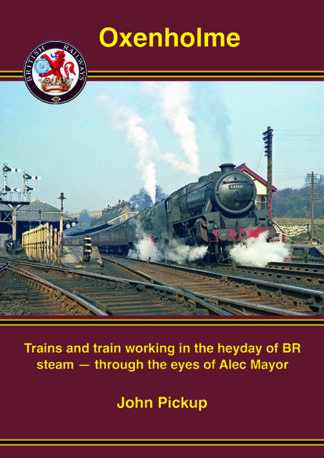
Oxenholme
Trains and train working in the heyday of BR steam - through the eyes of Alec Mayor
£8.00 -
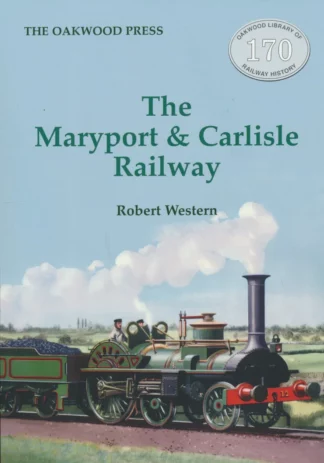
The Maryport & Carlisle Railway
£16.95 -

The Kendal & Windermere Railway
£16.50 -

Renewing Britain’s Railways
Cumbria To Tyneside
£15.99 -
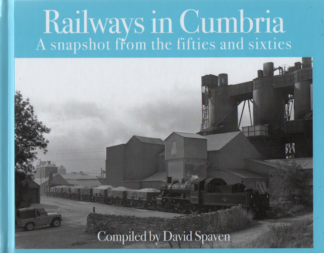
Railways in Cumbria
A snapshot from the fifties and sixties
£13.50 -

Railways of Cumbria
£15.99 -
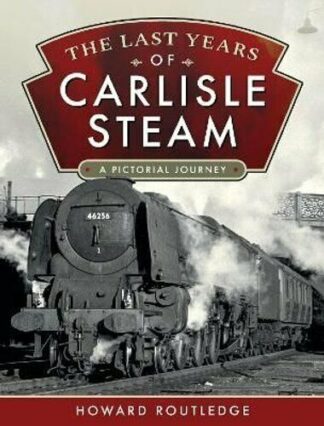
The Last Years of Carlisle Steam
A Pictorial Journey
£25.00 -
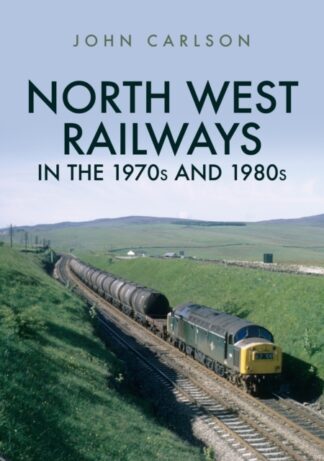
North West Railways in the 1970s and 1980s
£14.99 -

Britain’s 100 Best Railway Stations
£14.99 -

Steam around the Fells
£19.95 -
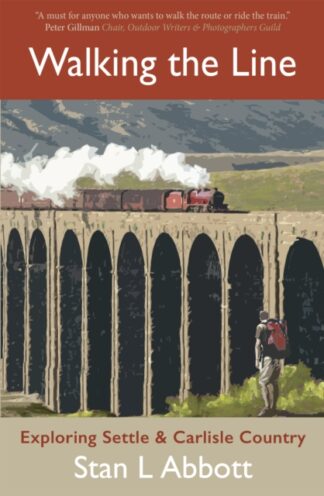
Walking the Line
Exploring Settle and Carlisle Country
£9.99 -

Dales Rail Trails
£9.99 -
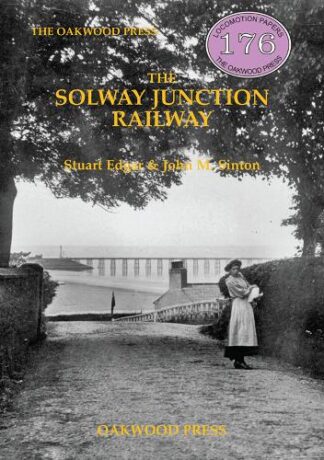
The Solway Junction Railway
£13.95 -
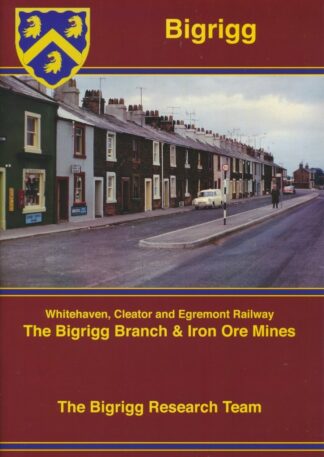
Bigrigg: Whitehaven, Cleator and Egremont Railway
£7.50 -
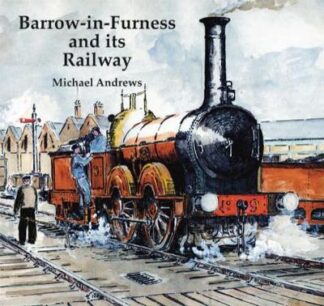
Barrow-in-Furness and its Railway
£15.50 -

Railways, Ports & Resorts of Morecambe Bay
£10.00 -
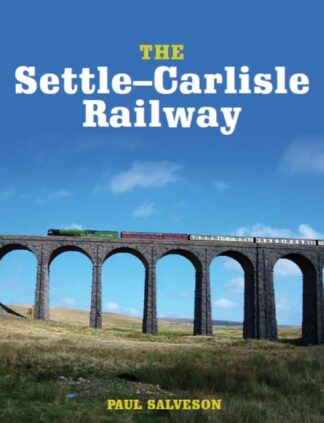
The Settle-Carlisle Railway
£24.00 -

Railways at War- Cumbria and its Adjacent Counties
£8.00
Showing 1–20 of 64 results
